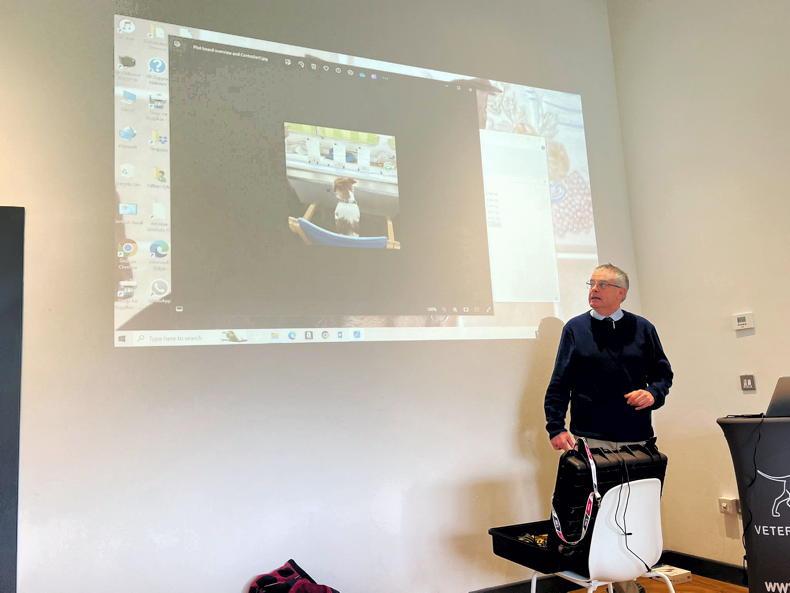Staying hurdlers not staying here
THE demand for middle distance flat horses that sell abroad was noted, something that has impacted on the quality of staying hurdlers in Ireland. With buyers from Australia in particular willing to pay large sums of money for these horses, the staying hurdling division is suffering as a result.
Entries plummet
FLAT racing had 35,000 entries in 2007 with National Hunt racing accounting for almost double the figure at 69,000. Twelve years later, the flat figure was only slightly lower, despite the country having suffered an economic crisis. The figure for NH was only 32,000 entries in 2019, figures Tattersalls’ Richard Pugh described as “quite stark”, though Ruby Walsh cautioned that entries would not be as accurate an indicator as the number of runners.
Mares’ programme
ONE suggestion was that National Hunt racing should have a similar programme to flat racing with specific races for horses based on gender, e.g. on the flat colts have the 2000 Guineas and the Derby, while fillies have the 1000 Guineas and the Oaks.
If there were high status races of this calibre for NH mares the programme would do them justice, and it might remove the argument about the mares’ allowance – something all panel members were in favour of retaining.
Breeders’ premiums
JANE Mangan suggested a breeders’ premium for the winners of bumpers, novice hurdles and novices chases. Frank Motherway concurred and suggested the name of the breeder should be mentioned along with the other successful connections, and a prize being awarded would be appreciated, he added.
Motherway also noted that the IRE Incentive is massively geared towards supporting flat races rather than jumps. The HRI-backed scheme was, admittedly, set up specifically to support yearling sales and two-year-old racing but the NH sector should push to get more of the pie.
Mangan also raised the long-standing issue of how premier National Hunt handicap winners are described in sales catalogues. A mare could win a Grade A handicap chase, such as a Munster National, off bottom weight and still be listed in catalogues as a Grade 1 winner, the equivalent of Honeysuckle. Who are we fooling, Mangan asked.
Time for action by the industry
SHANE O’Dwyer, chief executive of the ITBA, says it is now time to act on the points raised at Monday’s seminar. “We have heard from the experts, we have noted the views of those present and we have seen a lot of positive feedback on social media,” he said. “It’s now up to the ITBA and other industry bodies to investigate the concerns raised and show that the seminar was not just a talking shop.”


 This is a subscriber-only article
This is a subscriber-only article
 It looks like you're browsing in private mode
It looks like you're browsing in private mode









SHARING OPTIONS: